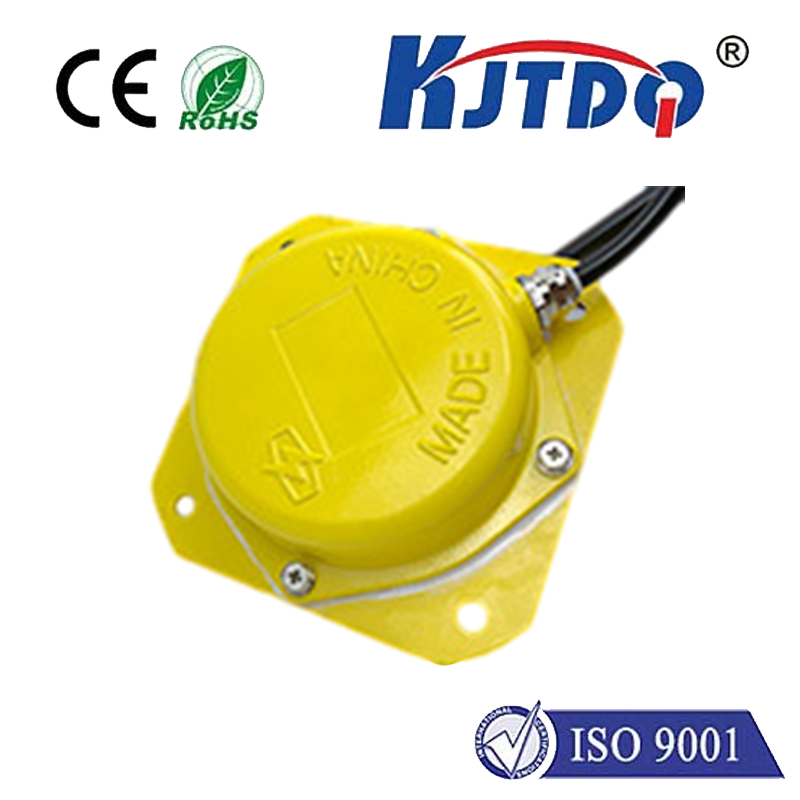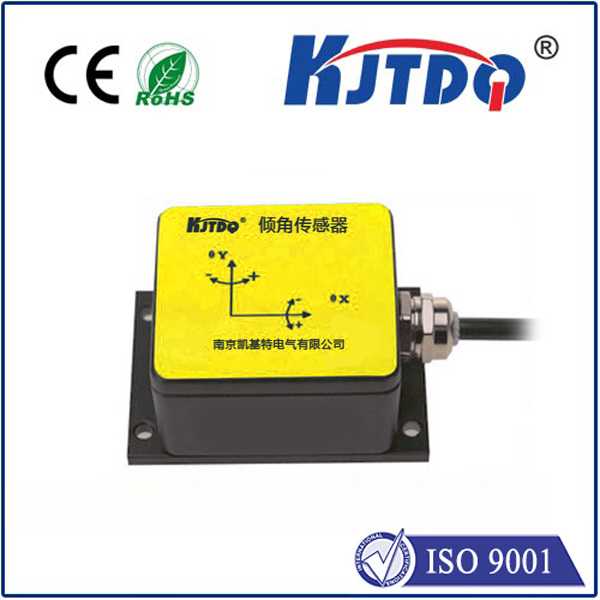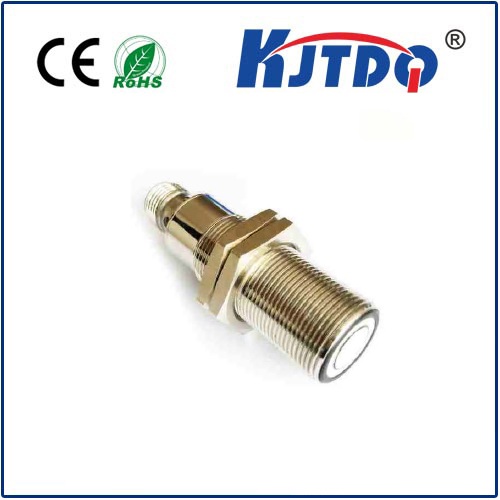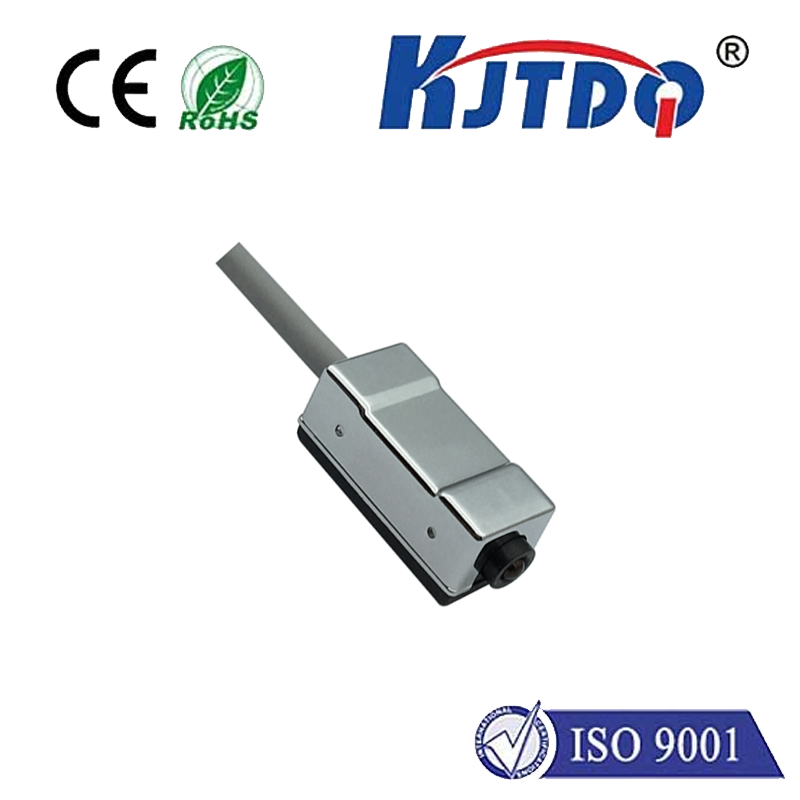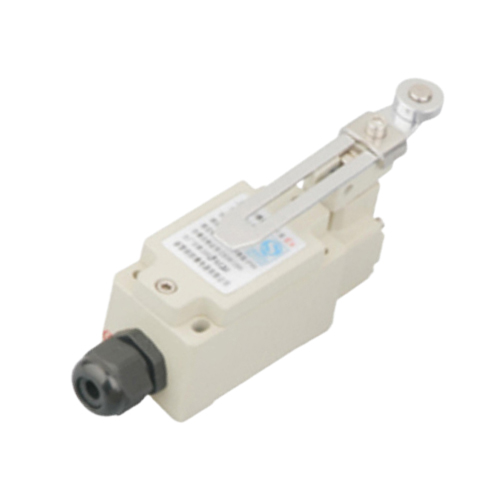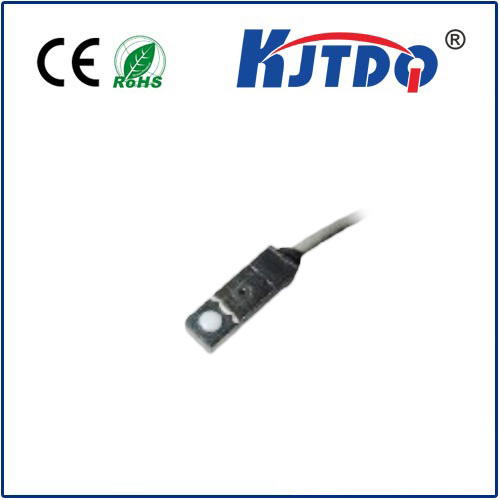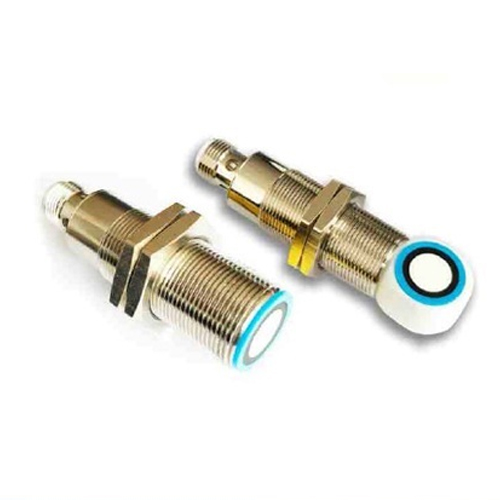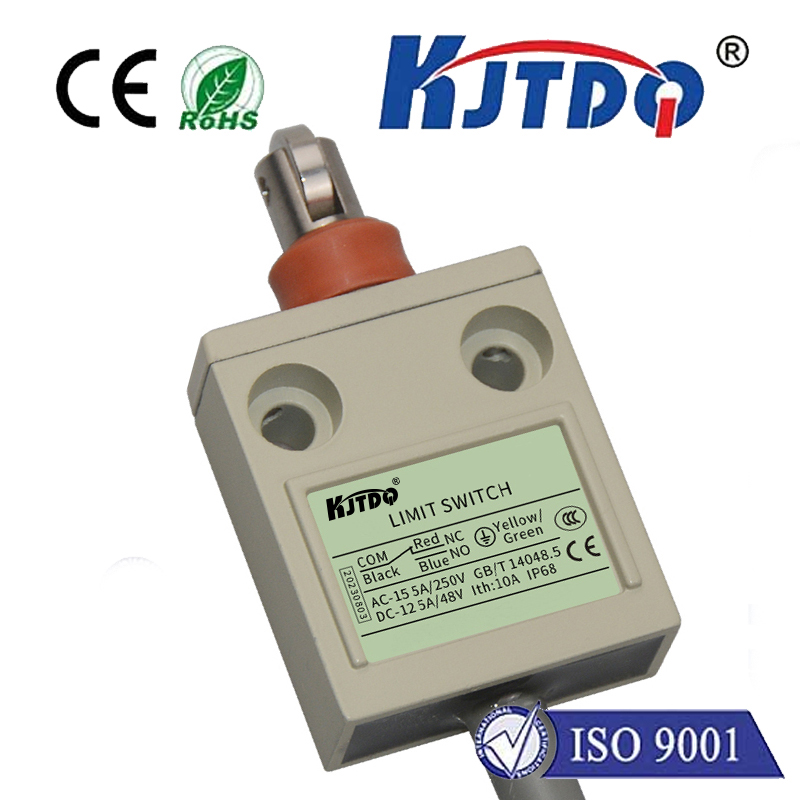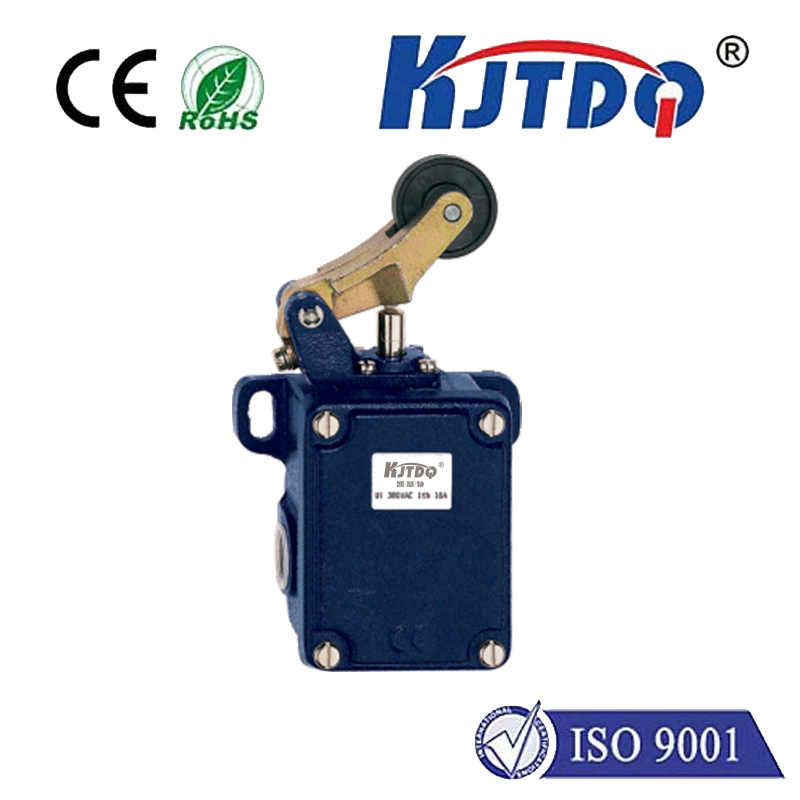

check

check

check

check

check

check

check

check

check

check
Title: The Importance of a Temperature Limit Switch in Industrial Applications
In the fast-paced world of industrial machinery, safety and efficiency are paramount. One critical component that ensures both is the temperature limit switch. This device plays a vital role in monitoring and controlling the operational temperatures of various equipment, safeguarding them against potential damage or failure due to overheating.
What is a Temperature Limit Switch?
A temperature limit switch is an automatic control device designed to open or close an electrical circuit based on preset temperature thresholds. It's essentially a thermostat on steroids, capable of handling higher capacities and more extreme conditions than your typical household thermostats. When the temperature exceeds the set point, the switch activates, taking corrective action such as shutting down a system or sounding an alarm to prevent overheating.
Why Use a Temperature Limit Switch?
The use of a temperature limit switch is crucial for several reasons:

1. Safety Prevention: Overheating can lead to equipment failure, which may result in dangerous situations like fires or explosions. A temperature limit switch helps to mitigate these risks by automatically intervening before a hazardous situation occurs.
2. Equipment Protection: High temperatures can degrade machine components, reducing their lifespan and increasing maintenance costs. By keeping the temperature within safe parameters, a limit switch prolongs the life of machinery and reduces repair expenses.
3. Energy Efficiency: Overheating systems often consume more energy as they struggle to maintain performance. A temperature limit switch optimizes energy usage by ensuring that machinery operates within its most efficient thermal range.
Applications of Temperature Limit Switches
Temperature limit switches are used in a variety of settings, including:
- Manufacturing Processes: In assembly lines and industrial processes where machines operate at high temperatures, limit switches protect against thermal runaway.
- Heating Systems: They are integral in residential boilers, furnaces, and commercial HVAC systems for maintaining optimal temperatures and preventing overheating.
- Refrigeration and Cooling: In chillers and freezers, limit switches ensure that cooling units don't drop below freezing points or rise above safe temperature levels.
- Motor Control: Electric motors generate heat; using a temperature limit switch helps protect them from damage during prolonged operations or high loads.
Choosing the Right Temperature Limit Switch
Selecting the appropriate temperature limit switch involves considering factors such as the specific application requirements, ambient temperature conditions, switch location, and necessary response time. Different industries may require different types of switches—bimetallic, mercury, or digitally controlled—depending on their sensitivity and accuracy needs.
Conclusion
A temperature limit switch stands as a guardian in the realm of industrial machinery, protecting against the dangers of excessive temperatures. As technology advances, so too does the importance of these devices in maintaining safety, efficiency, and longevity in our industrial systems. By prioritizing the use of temperature limit switches, we not only secure our investments but also contribute to a safer working environment for all involved
